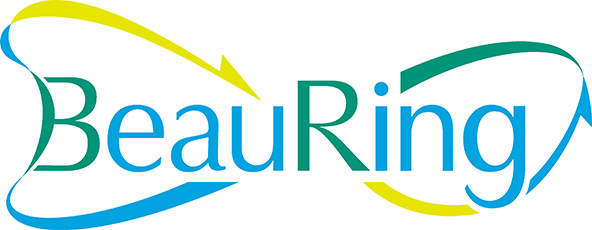- Home
- INNOVATION
- Research Areas
- Sustainability
Sustainability
There is an increased consumer awareness for sustainability with consideration for our irreplaceable Earth and the better lives of people living on the Earth. In addition to our ongoing efforts that include the development of environmentally friendly packages, we are also actively engaging in resolving the issues of marine debris, effective utilization of limited resources, and use of biodegradable cosmetic packages. We are working to create a truly beautiful value and to realize circular society through our unique technology development and collaboration with external parties, including procurement of ingredients and development of formulation to minimize environmental impact.
Research on Sustainability
Containers and packages:
Shiseido Becomes World’s First to Develop Sustainable Replaceable Cosmetics Packaging Using LiquiForm®
We have developed a new replaceable packaging for cosmetics that contributes to the reduction of environmental impact by applying LiquiForm®, a technology that realizes “bottle-molding” and “filling” in a single step into cosmetics for the first time in the world.
Shiseido, SEKISUI CHEMICAL, and Sumitomo Chemical to Collaborate in Building a Circular Economy for Plastic Cosmetics Containers
We will establish a circular economy for plastic cosmetics containers, in which used cosmetics plastic containers are collected, converted to resources and materials without sorting, and recycled back into plastic cosmetics containers.

“BeauRing” Circular Model Project for Plastic Cosmetics Containers
we launched the “BeauRing” project — a circular model project to collect and recycle plastic containers into new ones for reuse.

BeauRing logo
Shiseido and KANEKA Launch Joint Development of Biodegradable Cosmetic Containers
We agreed to conduct joint development with KANEKA CORPORATION (Kaneka) aiming to utilize Kaneka Biodegradable Polymer® PHBH®*, a proprietary material with high biodegradability in seawater for cosmetic containers, etc.
- *Kaneka Biodegradable Polymer® PHBH®
Materials and Formulations:
The environmental impact of sunscreens.
A Study on the effects of UV filters on coral
Shiseido conducted joint research with Associate Professor Takashi Nakamura of the Faculty of Science, Ryukyu University, Japan. Professor Nakamura is actively conducting research related to reef-building corals and coral reef organisms.
Shiseido scientists conducted research to assess the impact of each UV filter used in our products on two types of corals – the soft coral (Alcyonacea) and hard coral (Scleractinia) -- collected under the special permission of the prefectural
governor based on the rules of Okinawa prefecture. The research focused on the changes in the maximum quantum yield of photosynthesis*1 in the symbiotic zooxanthellae of the corals*2, as well as the coral polyps’ expansion
and contraction under experimental treatments.
A Study of the dynamics of sunscreens when people use our sunscreens
At the same time, Shiseido scientists used an in silico evaluation model to elucidate a worst-case ocean elution scenario of using Shiseido's water-resistant sunscreens for leisure. The simulation assumes overconservative conditions with the largest number of swimmers in midsummer*3. Tokyo Bay was used as the model in the risk assessment. This is a model developed by the National Institute of Advanced Industrial Science and Technology. This model is used in detailed risk assessments by governments, businesses, universities, etc. and multiple reports and papers using the model have been submitted.
From the results obtained from the above, it is considered that the impact on coral colonies in the ocean when using Shiseido water-resistant sunscreens for leisure is insignificant even under exaggerated conditions. Shiseido is committed to developing products that can protect the skin from harmful UV rays while trying to minimize the impact on the marine environment.
- *1:The value when light energy can be used most efficiently when organisms perform photosynthesis under certain conditions.
- *2:Colony of egg-laying size excluding planktonic larvae and juvenile coral colonies.
- *3:Calculated from information such as the parts used, the amount used, and the number of ocean swimmers in the past
Sustainability projects of Shiseido
The prestige brand SHISEIDO*, which currently markets in 88 countries and regions around the world, will renew its contract with World Surf League (WSL), the global home of surfing, as its Global Sustainability Partner.
ABOUT US
- Who we are
- History
- Profile
- Governance
- Quality Management
- Supply Network
- Region/Business
BRANDS
- Prestige
- Premium
- Inner Beauty
- Life Quality Makeup
SUSTAINABILITY
- Strategy / Management
- Society
- Environment
- Governance
- Reports / Data
- Related Information
INNOVATION
- Research and Development
- Research Areas
- Research outcomes
- Product safety
- Product Development Policy
- Initiatives for doctors and researchers
CAREERS
INVESTORS
- IR Library